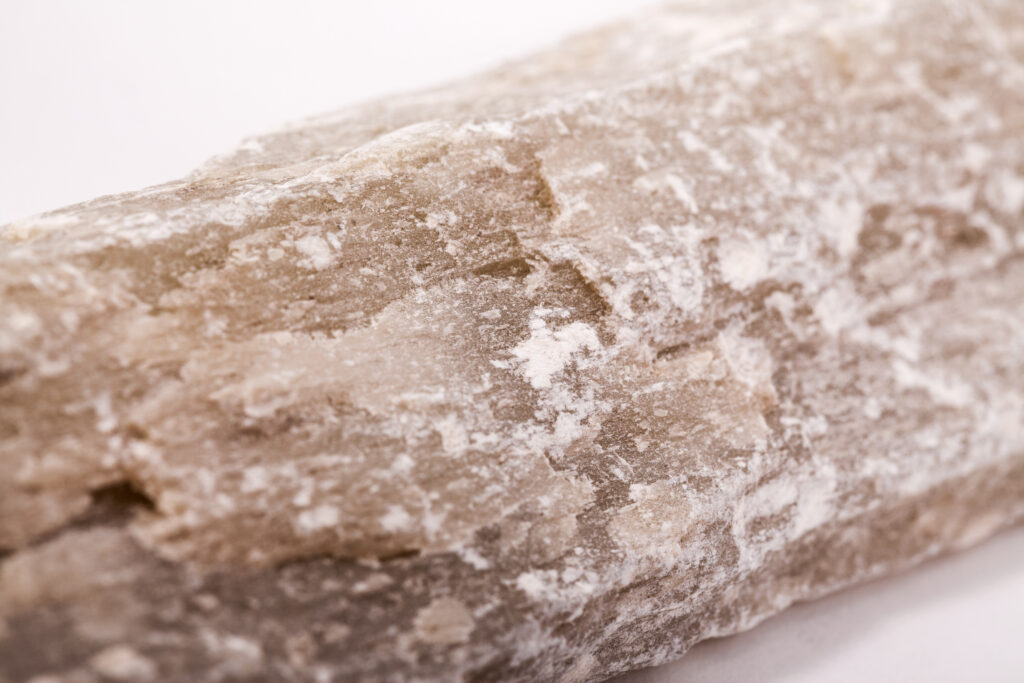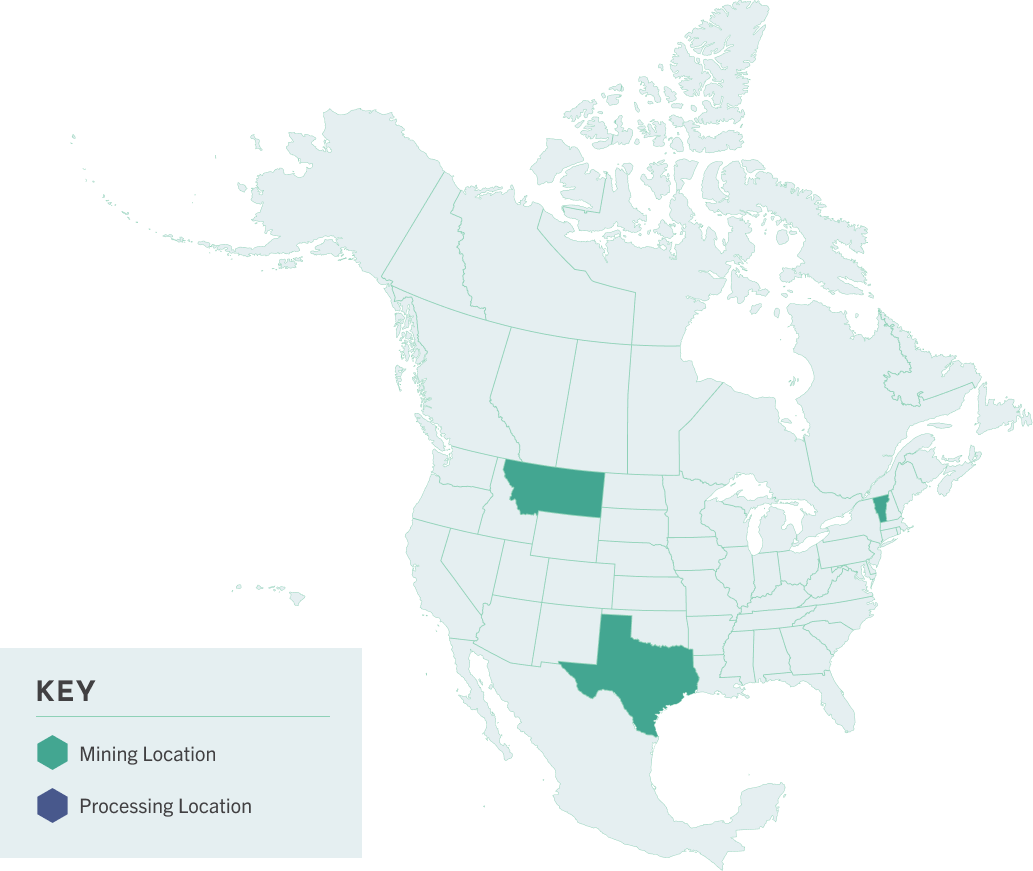Learn All About Talc
Talc
The softest mineral on earth.
The softest mineral on earth.

Talc is an essential mineral that plays a vital role in products ranging from ceramics to paper. It is also used in the manufacturing of plastics, adhesives, ink, glidant, lubricant, rubber, wastewater treatment, and polymers. Talc is a hydrated magnesium sheet silicate.
Talc is practically insoluble in water, weak acids, and alkalis. It is neither explosive nor flammable.

Wait there’s more! Click below to learn about the rest of our essential minerals.